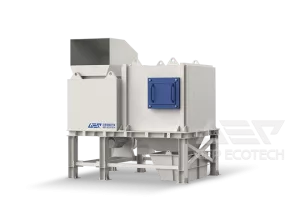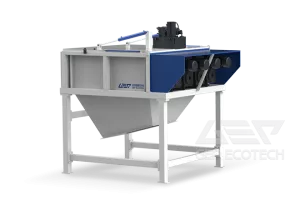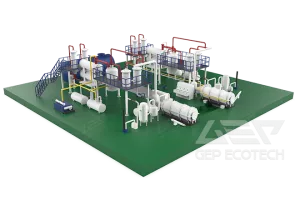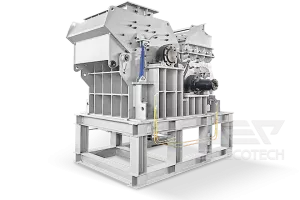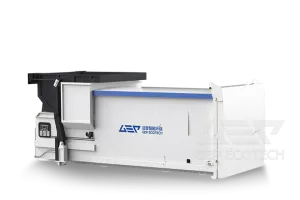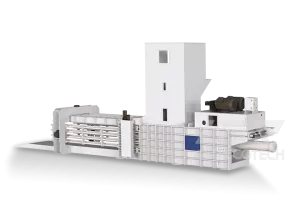Introduction:
With the increasing population and rapid urbanization, the usage of disposable products is also on the rise. Among them, diapers are a necessity for infants and adults alike, but the disposal of diaper scraps poses a challenge as they are not easily recyclable or handled efficiently. In an effort to address this issue, researchers and companies are exploring the feasibility of utilizing diaper scraps as fuel rods, reducing waste and promoting environmental benefits.

Diaper Scraps
Paragraph 1: The Challenges of Diaper Scrap Management
Diaper scrap management primarily involves difficulties in recycling, high disposal costs, and environmental concerns. Traditional disposal methods, such as landfilling or incineration, have limitations and environmental risks. Therefore, transforming these scraps into a usable resource has become a research focus.
Paragraph 2: The Principles of Converting Diaper Scraps into Fuel Rods
The process of converting diaper scraps into fuel rods involves several steps, including drying, shredding, blending, and compression. Firstly, the diaper scraps are dried to remove moisture, preparing them for further processing. Next, specialized diapers shredding equipment is used to break down the dehydrated diaper scraps into fine particles. These shredded diaper scraps are then mixed with other auxiliary fuels, such as wood pellets or straw, to enhance combustion efficiency and fuel value. Finally, the blended material is compressed using dedicated equipment, applying high pressure and temperature to form fuel rods.
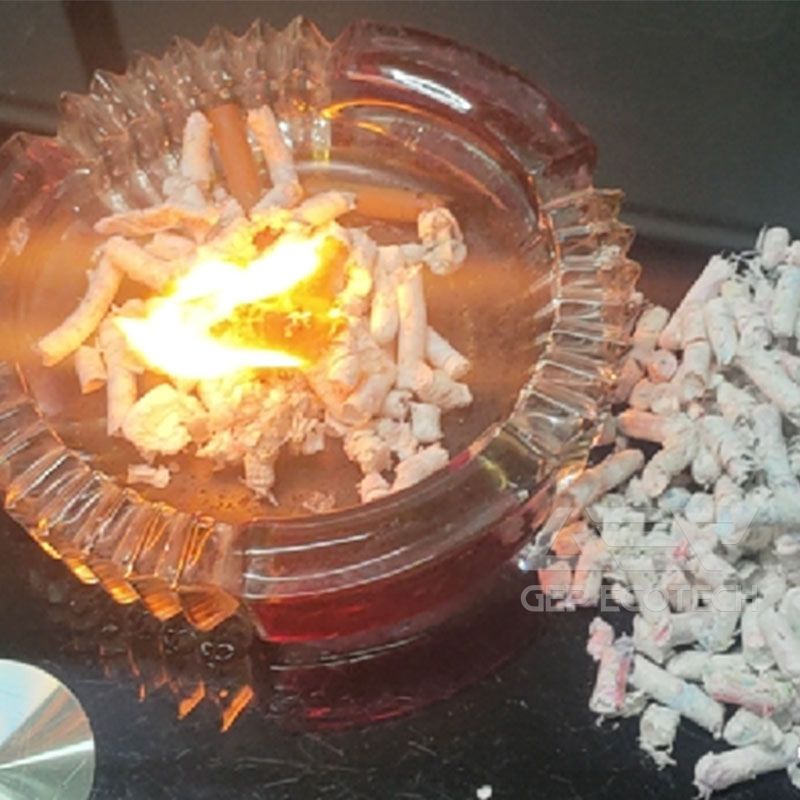
Diaper Scraps into Fuel Rods
Paragraph 3: Advantages and Applications of Diaper Scrap Fuel Rods
Converting diaper scraps into fuel rods offers significant advantages and applications. Firstly, this conversion process reduces the quantity of waste, alleviating environmental burdens. Secondly, using diaper scraps as fuel rods can replace traditional fuels while reducing dependence on forest resources. Additionally, these renewable fuel rods can be applied in industrial combustion equipment, as well as for residential heating and cooking purposes. The transformation of diaper scraps into fuel rods not only solves the problem of waste management but also provides a new avenue for sustainable resource utilization.
Conclusion:
Equipment designed for converting diaper scraps into fuel rods offers an innovative solution for waste management, lessening environmental pressure, and generating a reusable energy source. This process contributes to environmental sustainability while providing an alternative and efficient use for diaper scraps.


